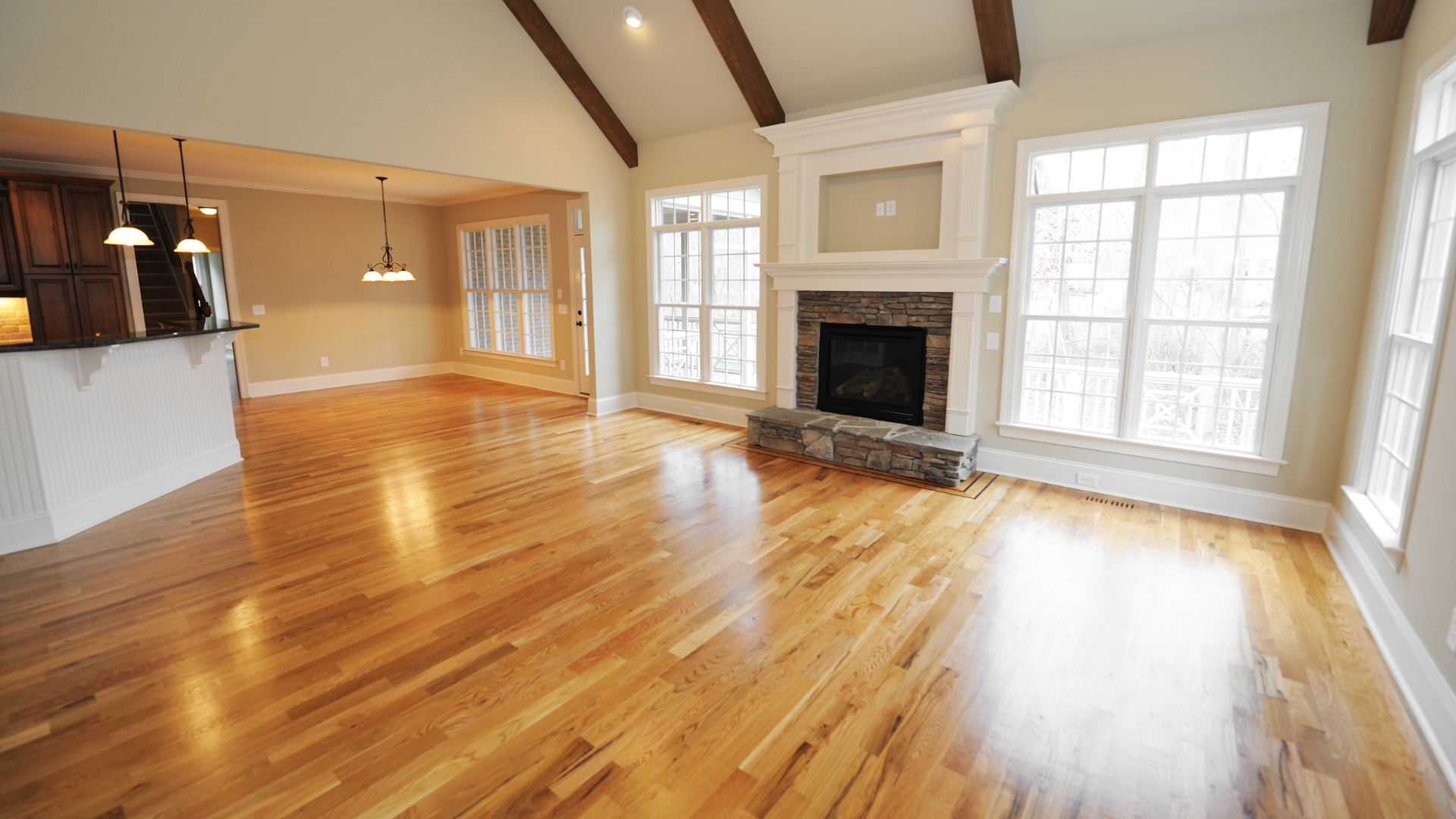As a rental property owner in San Diego, being aware of seasonal fluctuations in vacancy rates is critical. Vacancies tend to peak in summer and fall in San Diego, then decline in winter and spring. Understanding these seasonal impacts allows you to anticipate and counteract patterns through smart management strategies. This keeps vacancies and revenue loss to a minimum across the year.
In this article, we’ll examine:
- How seasonality influences San Diego vacancy rates with supporting data
- The primary factors causing seasonal vacancy spikes here
- Estimating costs of seasonal vacancies with our calculator
- Tips to offset higher vacancy seasons in San Diego
Seeing how vacancy rates shift at different times of year provides valuable insight. You can then minimize vacancies in high-turnover seasons and keep rental income and returns optimized year-round.
Seasonal Vacancy Rate Shifts in San Diego
San Diego, like many cities, experiences seasonal fluctuations in rental property vacancy rates. According to census data, over the past 5 years San Diego rental vacancy rates by season have averaged:
- Winter (December - February) - 3.8%
- Spring (March - May) - 4.1%
- Summer (June - August) - 5.7%
- Fall (September - November) - 5.4%
As you can see, both summer and fall average significantly higher vacancy rates in San Diego compared to winter and spring.
In winter, vacancies tighten as “snowbird” travelers from colder climates migrate here and students are in their yearly housing leases. The lowest vacancy rates historically tend to be December through February. Vacancies remain relatively steady through spring as families avoid moving kids mid-school year. Units fill as military families arrive for new spring assignments. When summer hits, vacancies rise notably as yearly leases end and renters relocate. Vacancy typically peaks in August when new military, students, and professionals move prior to fall semester and work schedules. Fall sees the second highest vacancy rates as students leave shared apartments and summer tenants depart. Vacancy starts falling by November.
Clearly vacancy rates in San Diego ebb and flow over the course of a year. But why exactly does this seasonal pattern occur?
Factors Driving Seasonal Vacancy Shifts in San Diego
Some of the major factors contributing to San Diego’s seasonal vacancy peaks and dips include:
- Military Moves - With around 100,000 active military in San Diego, permanent change of station moves in summer and departures in fall impact vacancies significantly.
- Student Turnover - Our 50K+ university students leave shared rentals when school ends in early June, spiking vacancies through August.
- Lease Cycles - Most renters sign 12-month leases. Summer turnover rises as yearly leases expire and renters relocate.
- Visitors - San Diego attracts over 35 million visitors annually, many staying in vacation rentals which sit empty in shoulder seasons.
- Events – Large events like summer conventions leave furnished rentals vacant before and after.
- Climate – San Diego’s mild weather attracts “snowbirds” in winter dropping vacancies. Summers here are busier, upping turnover.
- Employment - New hires relocating for fall job starts vacate units when those roles end.
- Holidays – Travel and lower leasing activity around Thanksgiving and Christmas lead to more vacancies.
These patterns have held true through booms and busts in San Diego’s rental market. While overall vacancy rates shift with supply and demand, seasonality remains a constant factor property owners must navigate.
How to Calculate the Cost Impact of Seasonal Vacancies
While vacancy rates clearly rise in summer and fall, what does it cost in actual rental income? Our vacancy cost calculator provides insight.
For example, for a single family home:
Monthly Rent - $2,500
Average Vacancy – 1 month summer, 2 weeks fall
The cost of that additional vacancy is over $3,500 in lost annual rental income per property.
Additionally, expenses like utilities, maintenance, marketing and management fees continue even without rent coming in. Armed with projected vacancy costs, you can make strategic management decisions to offset the impacts.
Strategies for Offsetting Seasonal Vacancy in San Diego
Here are some tips to help smooth out the ebb and flow of vacancies across San Diego’s seasonal rental market cycles:
- Time lease expirations strategically to avoid peak summer turnover. Shift more renewals to spring and winter.
- Provide summer lease renewal incentives like a month free with a July renewal to retain tenants through fall.
- Market rentals 60-90 days prior to summer vacancies to fill early. Leverage digital advertising and apartment listing sites.
- List vacant units on flexible terms over summer - month to month, 3-month leases, etc.
- Target tenants with less seasonality like corporate renters, travelers, snowbirds.
- Consider furnished summer rentals for flexible occupancy by seasonal visitors and students.
- For unfurnished units, offer free furniture rental for summer stays to enhance flexibility.
- Let current tenants out of leases early without penalty if they find qualified replacements.
- Add lease addendums allowing military tenants to exit early for PCS moves with proper notice.
- Provide current tenant referral bonuses for replacements to minimize vacancies.
- Offer reduced rents/incentives from Sept-February when vacancies decline.
- Invest in renovations, maintenance and cosmetic upgrades during low occupancy periods to capture higher rents after.
- Use off seasons to upgrade interior furnishings and amenities making units more desirable.
- Provide pest control, HVAC servicing and deep cleans during off season turns to prevent future vacancies.
With preparation, you can overcome much of the detrimental profit impacts from San Diego’s seasonal swings in rental vacancy rates. Our calculator provides the data needed to employ the right strategies at the right times across the year. If you are a property owner needing assistance in reducing seasonal vacancy and managing your property, reach out to us here at Harland Property Management today!


